The Volkswagen Tiguan is somewhat of an enigma to us, mostly because it failed to gain significant traction in the U.S. market despite being a very desirable offering.
To start from the beginning: VW previewed an upcoming compact crossover with the Concept A. At that time, nearly everyone — including fanboys, enthusiasts, and the media, believed that the upcoming compact CUV would be called Marrakesh. On top of that, the vehicle was universally billed as a crossover version of the Golf, and we can only imagine the hard work VW’s media and marketing units had to put in to dispel the falsehoods: that the upcoming compact ute would not be called Marrakesh, and that it would not be based on the Golf (although the two models do share a similar PQ-derived architecture).
Then, perhaps in an effort to ensure that the Marrakesh name went away for good, VW invited readers of German automotive publication Auto Bild to name the new crossover. The popularity contest drew 350,000 votes, resulting in the compact CUV in question adopting the Tiguan name. And boy did VW have lofty goals for it.
After all, the Tiguan was a fresh, new entrant into a growing segment, and Volkswagen executives saw it as key to selling 800,000 vehicles annually in the United States. But despite nearly-universal praise by the automotive media and customers alike, the Tiguan’s sales performance in the U.S. never quite lived up to VW’s expectations.
In 2013, only 30,000 Tiguans were sold in the United States. Comparatively, Nissan sold 162,000 Rogues, Toyota moved 218,000 RAV4s, Honda delivered 304,000 CR-Vs, and Chevy delivered 238,192 Equinoxes, and Ford Escaped 295,993 times. In fact, even the significantly more up-market Acura RDX and Lexus RX outsold the Tiguan last year. But that’s not even the scary part; the worst is that it’s unclear who or what is to blame for the Tiguan’s lackluster sales performance.
The going notion is that the small VeeDub was never truly competitive to its direct rivals due to a significant price disparity caused by it being imported from Europe. Whatever the case may be, the gargantuan volume potential of the compact crossover segment makes the Tiguan vital to VW’s long-term sales volume — something that it desperately needs, and something that it can’t afford to miss out for much longer. As it currently stands, we’re told that there are two general ideas within VW about how to proceed with the next-gen Tiguan.
To note, Volkswagen’s overarching product strategy already includes a larger, mid-size CUV that was previewed by the CrossBlue concept and green-lit for production in January. That model is destined for a launch in 2016. A new Tiguan, meanwhile, is also about two years away, and will have an even more vital for VW’s long-term health than its larger stablemate.
According to reports, there are currently two schools of thought at Volkswagen about how to proceed with the next Tiguan. The first involves keeping the Tiguan’s current formula and highlighting its defining characteristics as a sporty, European compact crossover. The other idea is to grow the model in size to accommodate export markets. Doing so would increase passenger room, especially in the second row, as well as cargo space, while making three-row seating possible. There are also talks of a sportier version with a more aggressive roofline (think what the Passat CC is to the Passat sedan) that would follow the general concept introduced by the Cross Coupé.
From what we’ve been told, VW is favoring the idea of growing the Tiguan in size for the second-gen model, but don’t expect that to spawn a seven-seat model. As for the more coupe-like Tiguan/Tiguan CC, we have to wonder how much market success such a would have given the availability of the Audi Q3.
Whatever shape the next-gen Tiguan takes, it will utilize Volkswagen Group’s new MQB vehicle architecture shared from subcompact to full-size cars and crossover — a circumstance that should make it even more similar to the Golf, as well as the rest of VW’s transverse-engined vehicle lineup. In making the move to MQB, the second iteration of the Tiguan will have to tick several boxes if VW wants to sell a respectable amount in the Untied States, and globally. For starters, it must offer more room, be more fuel-efficient, and less expensive than the current model. Provided that the current Tiguan is imported from Europe, VW is severely limited in lowering its price and still making a profit on each unit sold. But VW’s recent push to expand production operations in Mexico should allow the automaker to manufacture the next-gen Tiguan there, at least for North America. Doing so should also result in a lower price for the automaker while making the vehicle less sensitive to exchange rate fluctuations between the U.S. dollar and the Euro.
So assuming that VW can meet the aforementioned criteria, the second-gen Tiguan should prove to be a significantly better seller. It it doesn’t, we’d seriously question VW’s ability to reach the 800,000 units a year sales goal, as well as its ability to create a vehicle desired by the masses around the world — an unfortunate circumstance that would be a serious competitive disadvantage. Here’s to hoping that it doesn’t come to that.

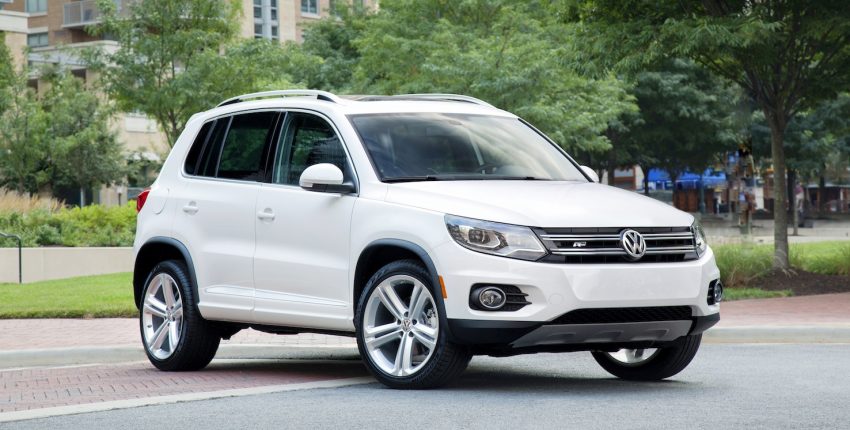
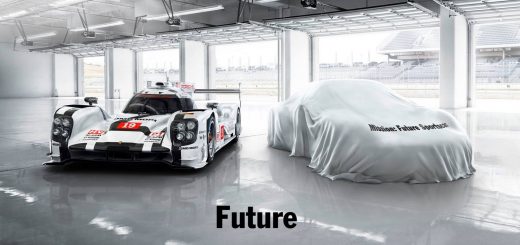
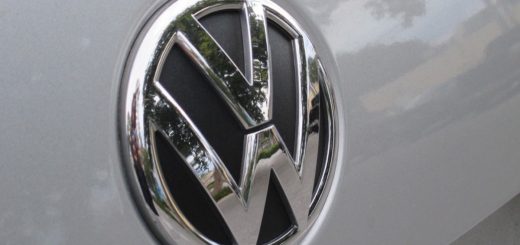
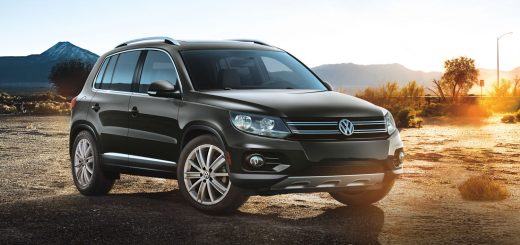
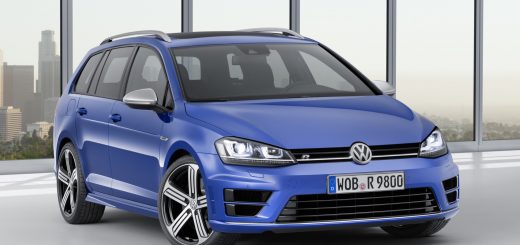

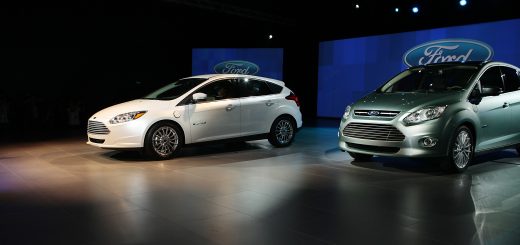






No Comments yet